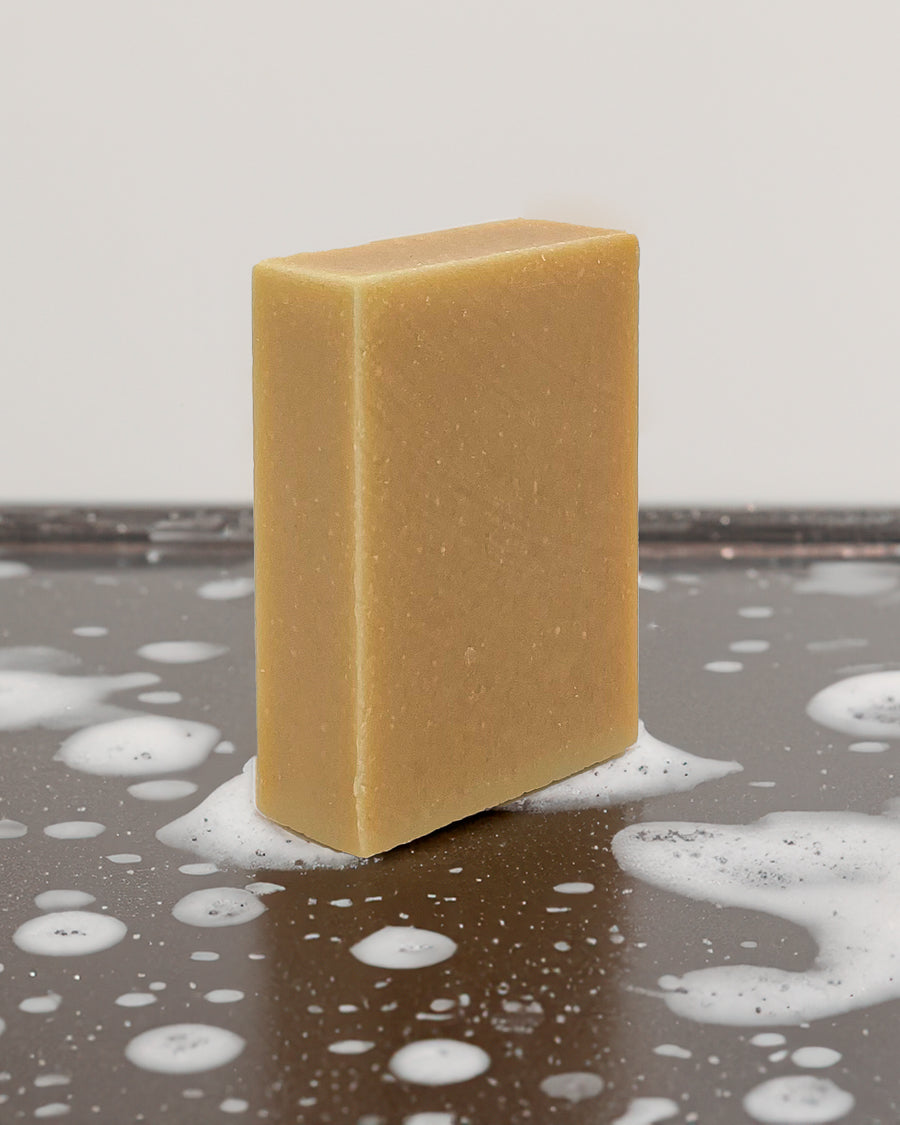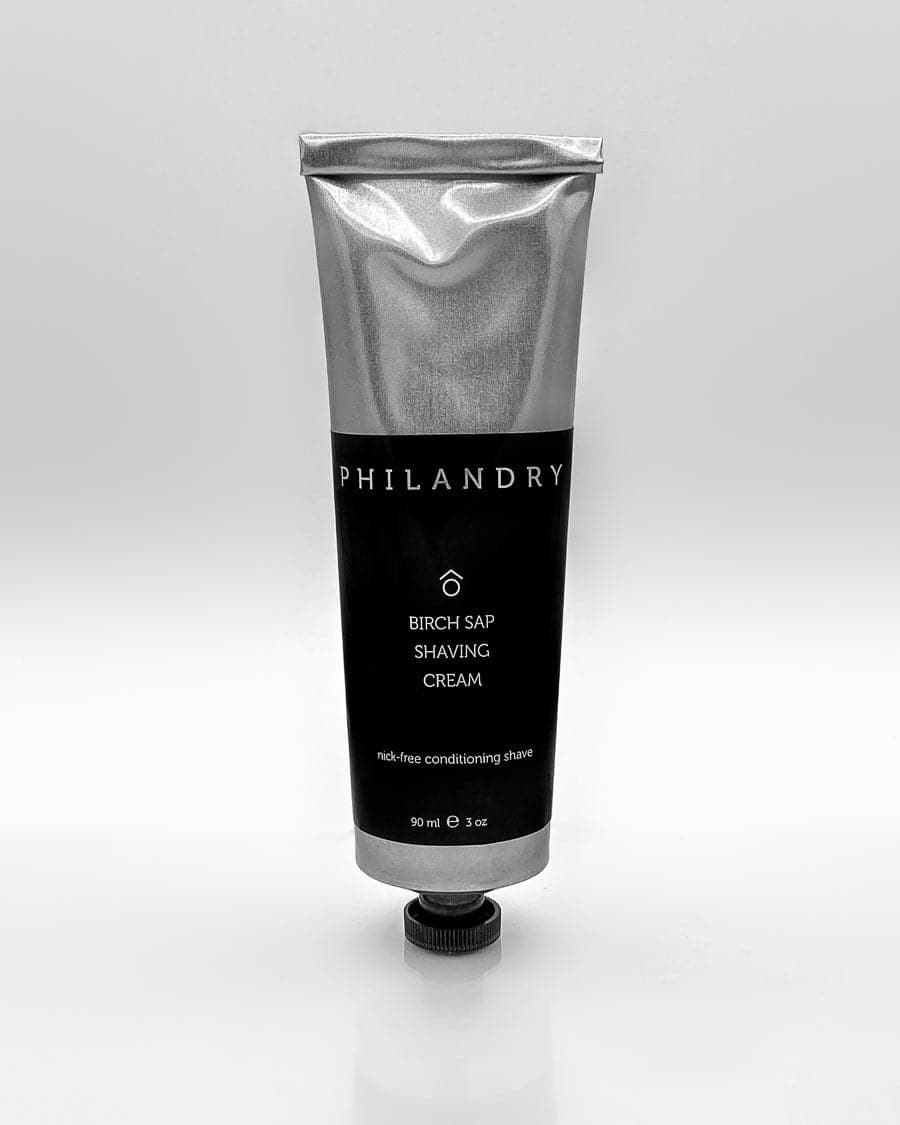
Polyester Underwear and Men's Fertility: Untangling the Threads of Research
In the quest to understand the factors affecting men's reproductive health, scientific studies occasionally present findings that can stir public concern and debate. One such study is "Contraceptive efficacy of polyester-induced azoospermia in normal men" by A. Shafik, which examined the potential contraceptive effect of polyester in undergarments and its relationship with sperm count. It was conducted twenty years ago but has recently re-surfaced as a popular topic of conversation on social media. Before we jump to conclusions about our wardrobe choices, let's unravel the research and its implications carefully.
STUDY OVERVIEW
The 1992 study by A. Shafik investigated whether polyester fibers could induce azoospermia—the absence of sperm in semen—and thus act as a form of contraception. Over the course of a year, the study had men wear a polyester sling with the finding that participants developed azoospermia. At first glance, this might sound alarming to the average reader, suggesting that everyday polyester underwear could harm male fertility.
A CLOSER EXAMINATION
However, a closer look at the study's methodology and scope reveals why it's a leap to generalize these results to all polyester undergarments. Here are a few reasons why caution should be exercised in interpreting the study:
- Sample Size and Specificity: The study was conducted on a small group of men (14 in total), which means the results may not be widely applicable across the broader population. Furthermore, the type of polyester used and the specific conditions of the study are not representative of typical daily wear.
- Control Variables: The research focused on continuous wear of polyester undergarments, 24-7, without accounting for other lifestyle factors that can influence fertility, such as diet, exercise, and heat exposure.
- Mechanism of Action: The study hypothesized that the polyester may produce an electrostatic field that affects sperm production or motility, a concept that requires further research and validation before being accepted as a scientific fact.
ON TESTOSTERONE
Amidst discussions surrounding the study on polyester undergarments and men’s reproductive health, there have been whispers and concerns about a potential drop in testosterone levels as a result of wearing polyester. However, it’s crucial to clarify that the study by A. Shafik did not provide any evidence linking polyester fabric to changes in testosterone levels. The research focused specifically on the impact of wearing certain polyester undergarments on sperm count, not hormone levels1.
Testosterone fluctuation in the body is influenced by a complex web of biological processes and is not determined solely by external factors like clothing material. Misinterpretations like these underscore the importance of reading and understanding scientific research in its full context before drawing conclusions. It is always recommended to look at a broad spectrum of research when considering the effects of any material or product on hormonal health2.
CONTEXT IN THE SCIENTIFIC COMMUNITY
It's essential to understand that scientific research is a progressive and cumulative process. One study on its own, especially from two decades ago, does not make for a conclusive argument. Subsequent research on the topic has provided a more nuanced view of fertility and textile materials, suggesting that factors like heat and tightness of underwear, rather than the fabric itself, are perhaps more likely to impact sperm quality.
PRACTICAL TAKEAWAY
For the average man wondering about the effects of polyester underwear on reproductive health, the takeaway should be one of cautious consideration, not alarm. The weight of scientific evidence does not currently support a drastic change in underwear preferences. As with many aspects of health, moderation and variety in fabric choice, along with a healthy lifestyle, are prudent recommendations.
In sum, while studies like Shafik's contribute to our understanding of reproductive health, they should not be viewed in isolation. A balance of research, common sense, and personal health monitoring is the best approach to managing concerns about fertility and textile choices. As we continue to evaluate the fabrics of our lives, let's weave in a healthy dose of skepticism and a broad perspective on scientific research.
- Shafik, A. (1992). Contraceptive efficacy of polyester-induced azoospermia in normal men. Contraception, 45(5), 439-451. DOI: 10.1016/0010-7824(92)90008-4.
- Sharpe, R. M. (2010). Environmental/lifestyle effects on spermatogenesis. Philosophical Transactions of the Royal Society B: Biological Sciences, 365(1546), 1697–1712. DOI: 10.1098/rstb.2009.0206.
Featured collection
Best Sellers






















